Author: Rhythm Worker
In just a few minutes, the ICO price was $0.05, and the listing yielded a 20-fold return. At its peak, it brought a return of up to 3260% to ICO investors.
The success of the Plasma ICO made everyone realize that the ICO craze might be about to return. From that moment on, all eyes were on the platform behind it—Echo.
It not only carries the outbreak of Plasma, but also attempts to reshape the rules of new issuance with the new Sonar function.
Everyone wants to catch the next "Plasma." And now, a new wave of excitement is gathering momentum. MegaETH, the next project that could replicate the Plasma myth, is now open for registration on the Echo platform.
In this article, BlackBeats will fully introduce: how to complete MegaETH registration and KYC, how to use Echo and Sonar, and how to join the most active investment groups.
1. How does MegaETH perform KYC?
The most popular ICO on Sonar right now is MegaETH, with registration open from October 15th to 27th, and the deadline remaining for six days. While KYC verification involves several steps, it can be passed almost instantly if all information is complete and everything goes smoothly. However, if there's a delay, manual review will be required, which can take at least 1-3 days, so complete KYC as soon as possible.
1. Prepare materials
The necessary documents include a high-definition photo of your passport or driver's license, a mobile phone that can perform facial recognition, and utility bills or bank statements within 3 months.
Since Chinese addresses are listed as prohibited from participating, you'll need to submit proof of address from another region. Many bloggers on Twitter have discussed ways to solve this problem, so I won't go into detail here. The following steps will mainly follow the example of a mainland passport, Hong Kong address proof, and bank statement.
2. Visit the MegaETH registration page
According to community analysis, it is easier to pass KYC from the MegaETH registration page than from Sonar, so we enter from the MegaETH registration page.
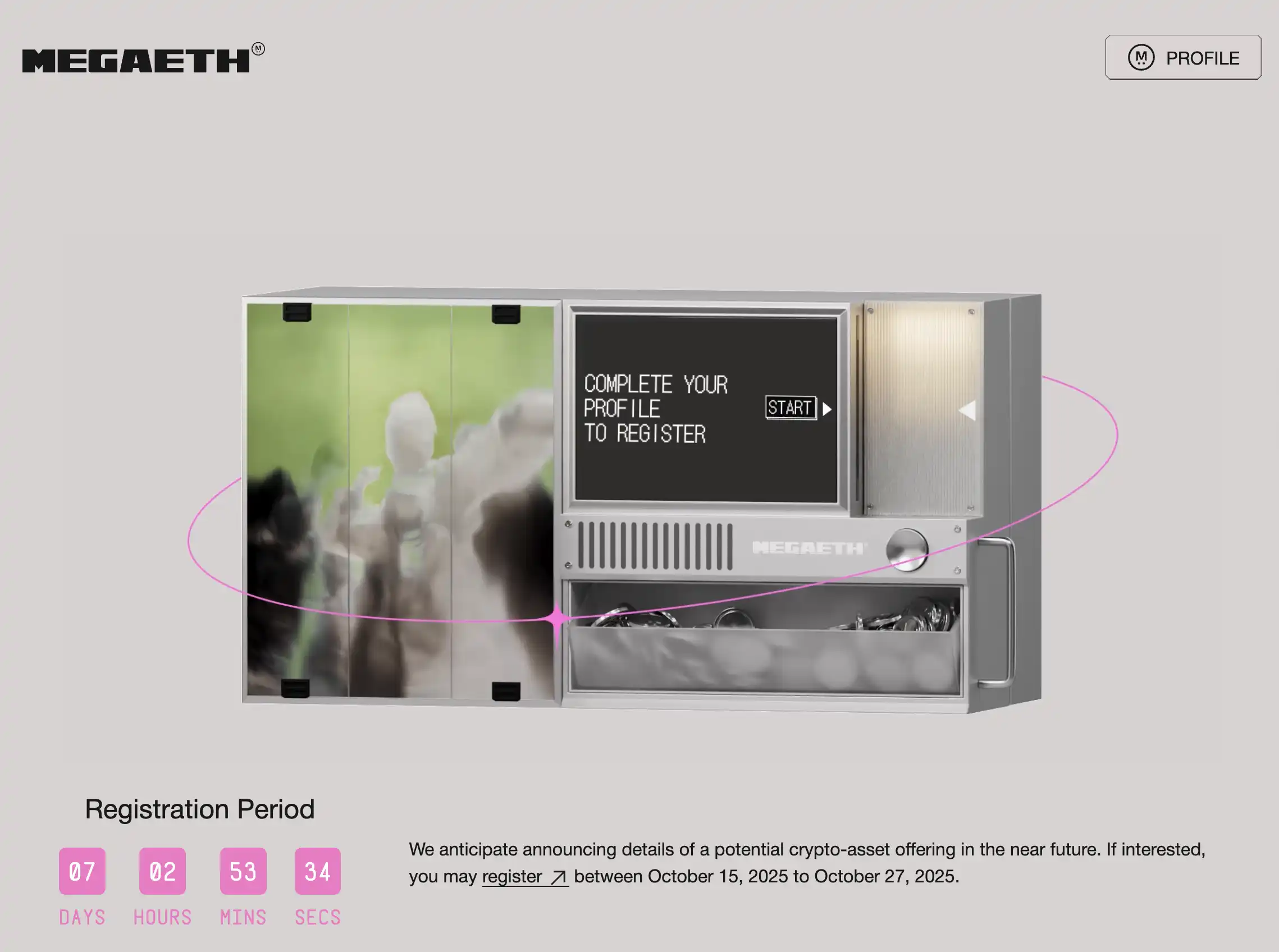
After entering, you need to make an authorized data connection first, click "Authorize" to agree and continue.
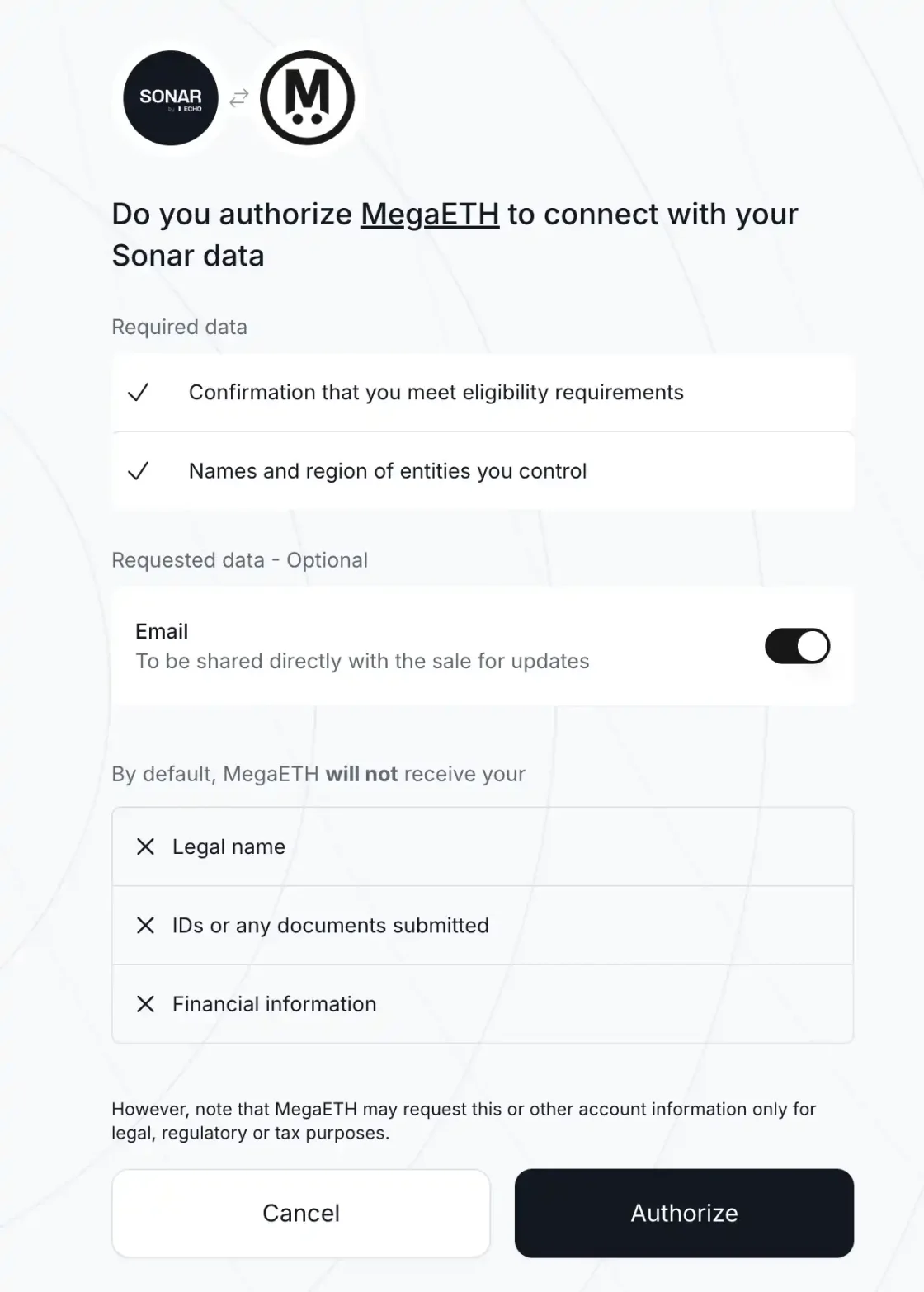
3. Complete your personal information
Once you're on the MegaETH platform, create your profile and start by creating links to Twitter, Discord, and GitHub under "Social Media & Work." Try to choose accounts with a high level of engagement, as past participation and contributions within the MegaETH and Ethereum ecosystem may increase your chances of receiving an allocation in an oversubscribed offering.
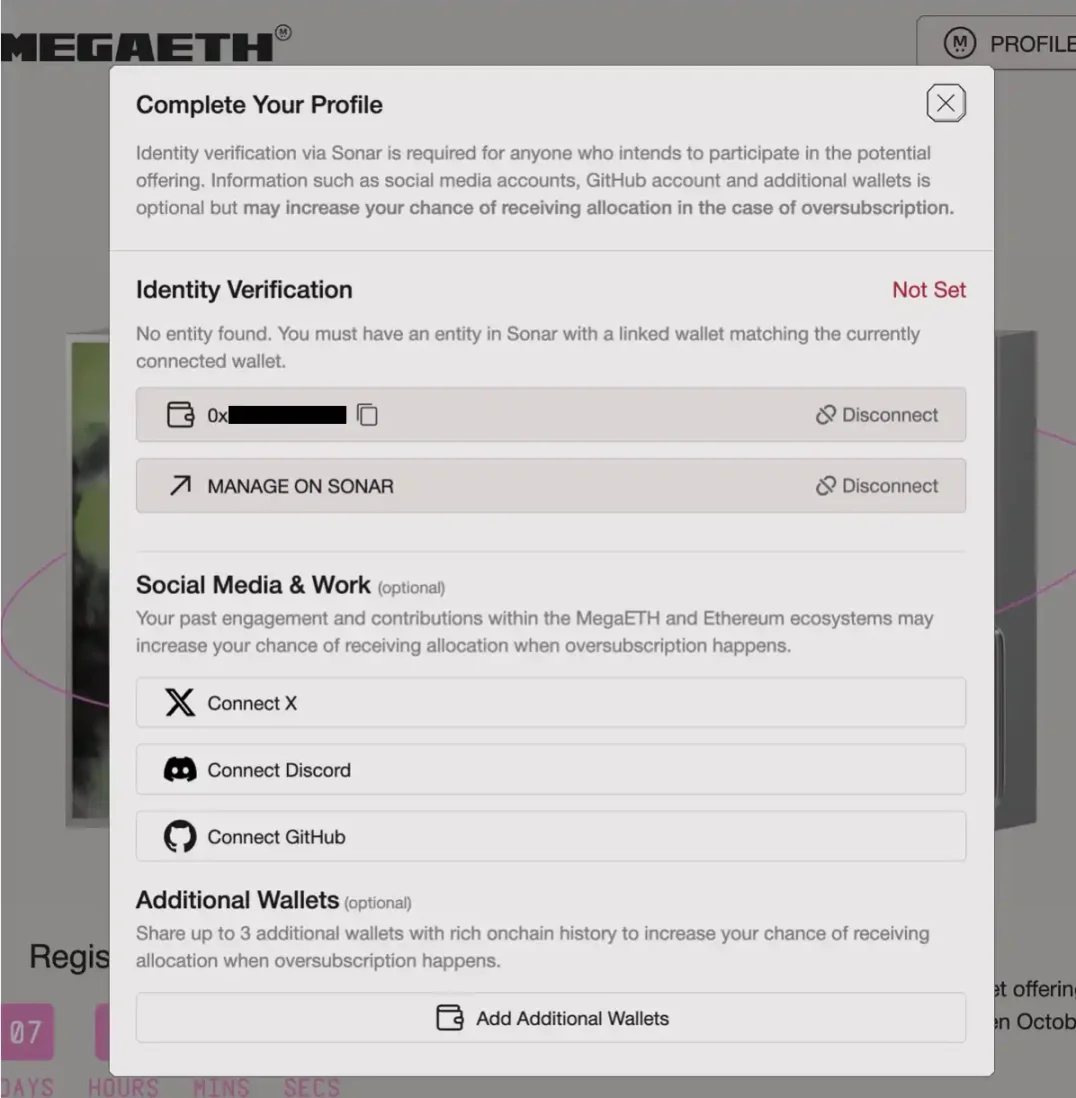
In addition, click "Add Additional Wallets" and upload up to 3 additional wallets with rich on-chain interaction history to increase the chance of receiving allocation in oversubscription.
Next is the most important "Identity Verification" identity authentication. First, connect a main wallet. As mentioned before, try to use a wallet with a rich history of on-chain interactions.
Then click "MANAGE ON SONAR". Here we need to use the passport photo and bank statement we prepared in step 1.
4. Identity Authentication
After clicking "MANAGE ON SONAR", the identity authentication process begins. As shown in the figure, there are two files that need to be uploaded.
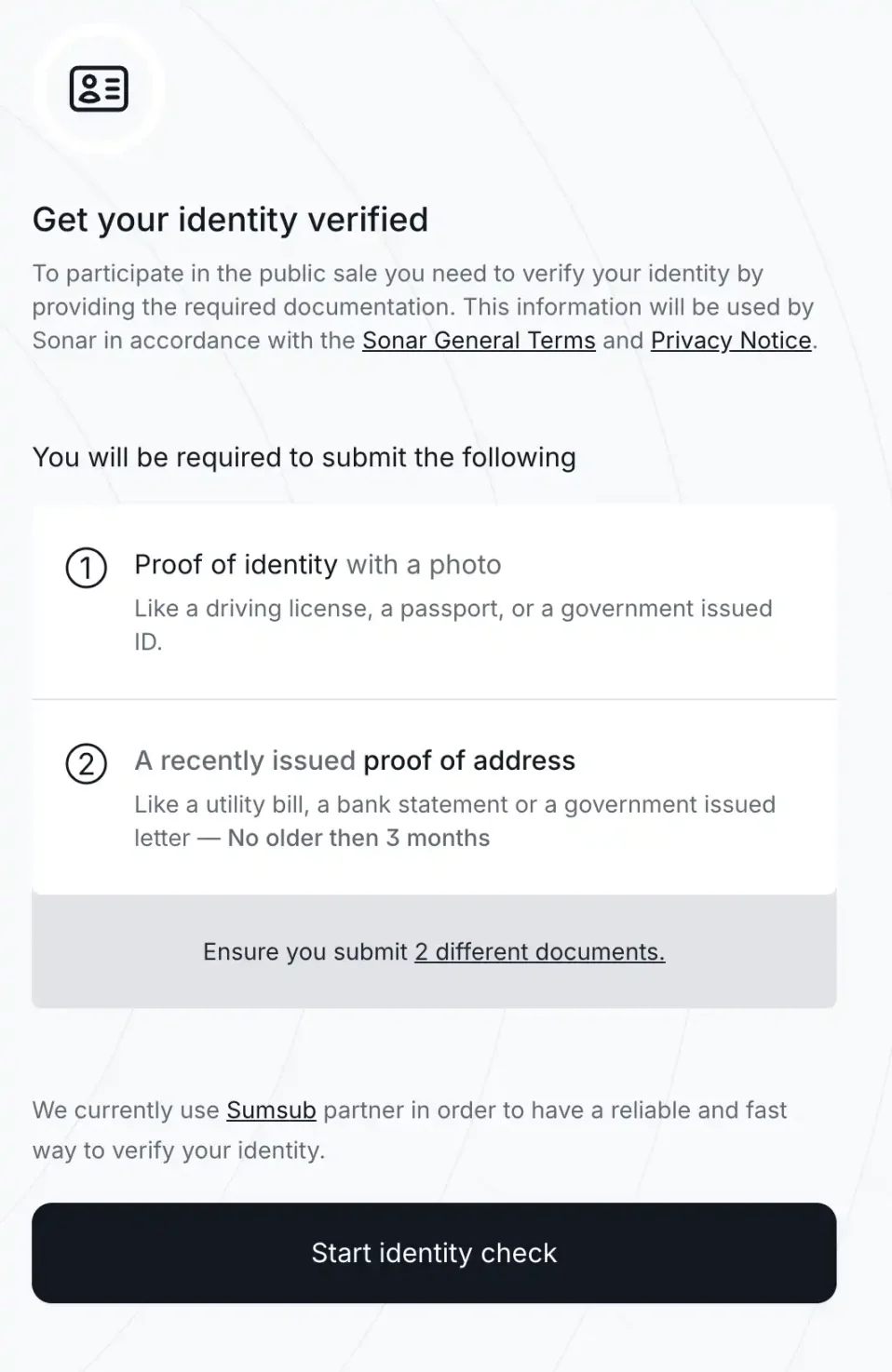
First, click the first option, "Proof of identity with a photo." You can try a passport photo first, but if that doesn't work, you can use a driver's license photo. It's important to note that the photo should be high-resolution and should be a downloaded passport photo, not a screenshot. The system will recognize it as a screenshot and fail.
After uploading, the face recognition step will pop up. You need to take a photo in a well-lit place to ensure that your face is clearly visible and unobstructed.
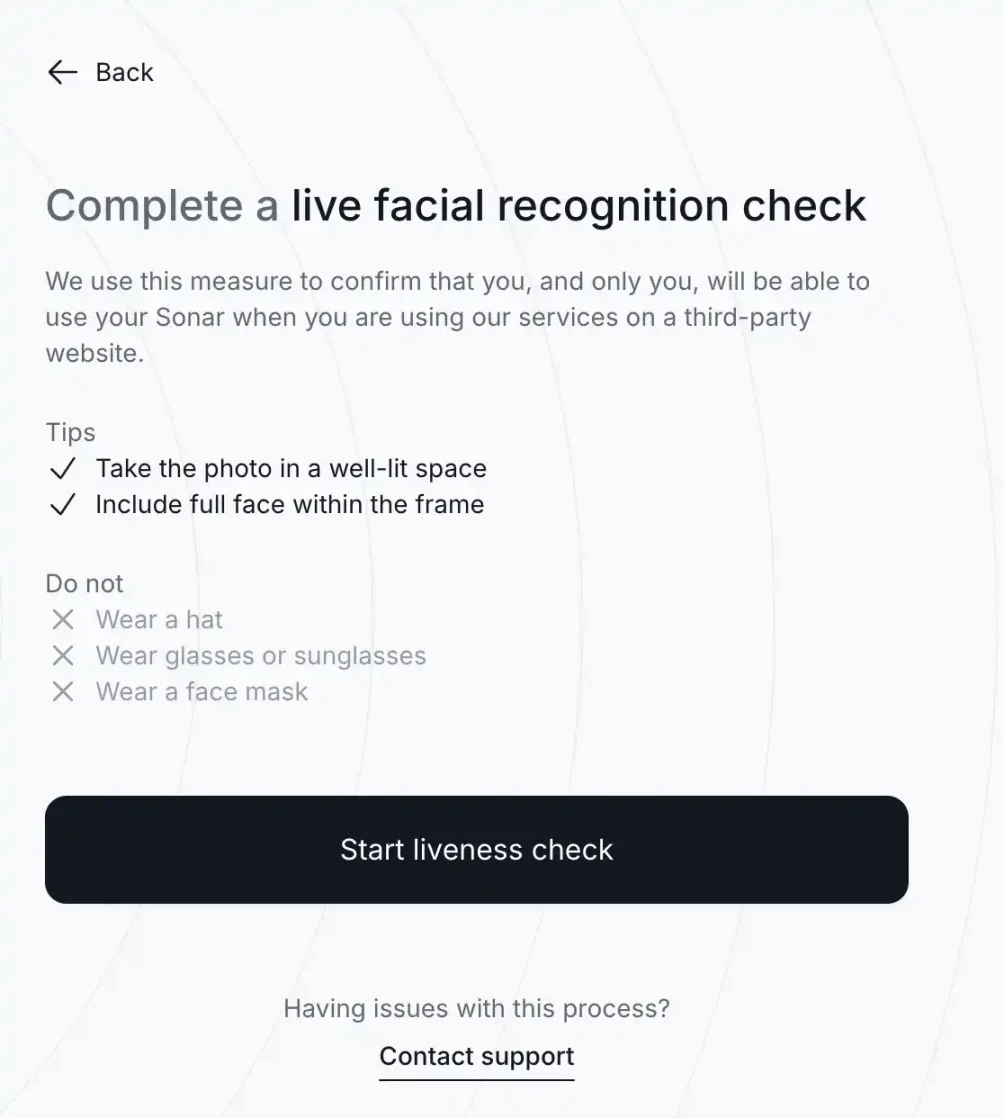
After clicking "Start liveness check", there will be a jump prompt that needs to be completed on the phone. After clicking "Continue on phone", a QR code and link will pop up. Use your phone to scan the QR code or copy the link to complete facial recognition.
After completing facial recognition, we return to the computer and the page will jump to the next step, which requires uploading proof of address. If you receive an email indicating failure, you can try uploading other proof documents.
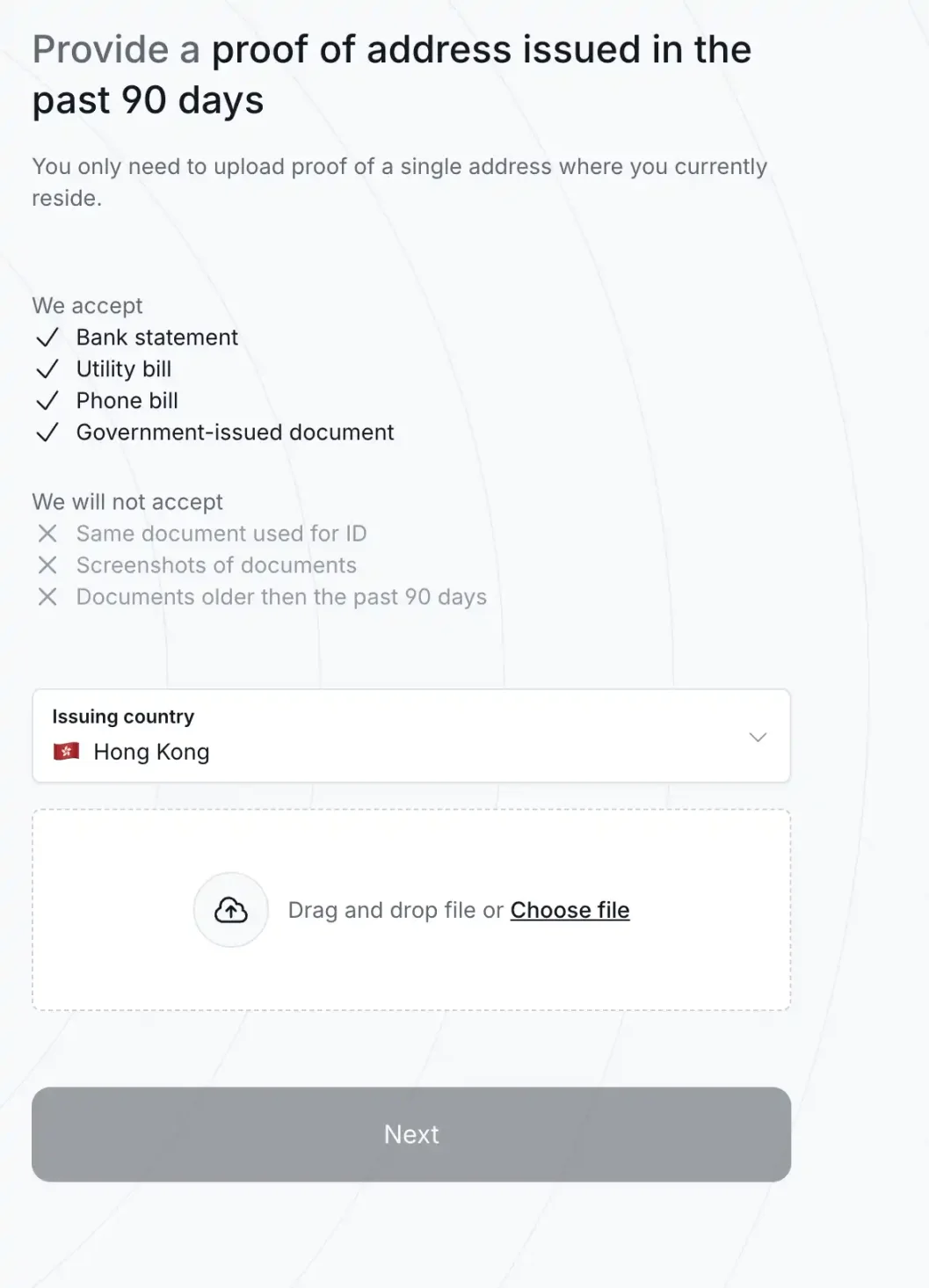
5. Complete the registration
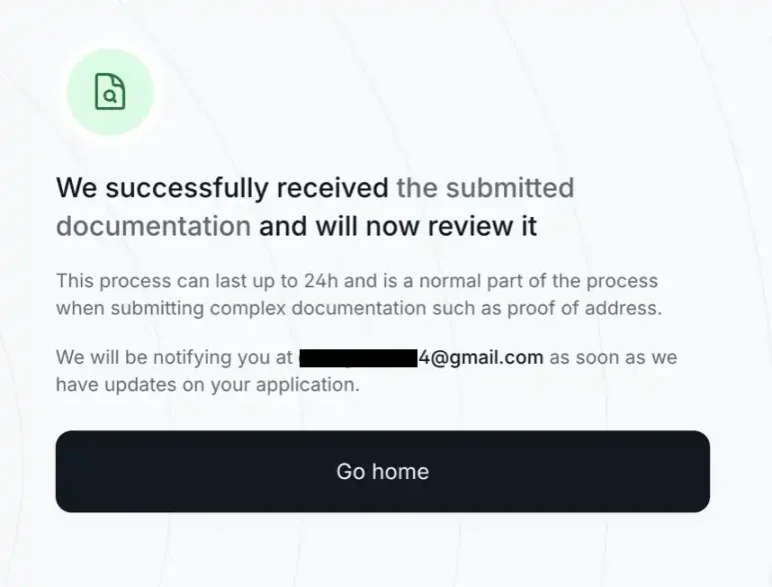
After passing KYC, you will receive an email/platform notification, and the official will announce the specific sales details after October 27. Returning to the homepage, we can see "Qualified for this sale", which means that this wallet has passed KYC and qualification review.
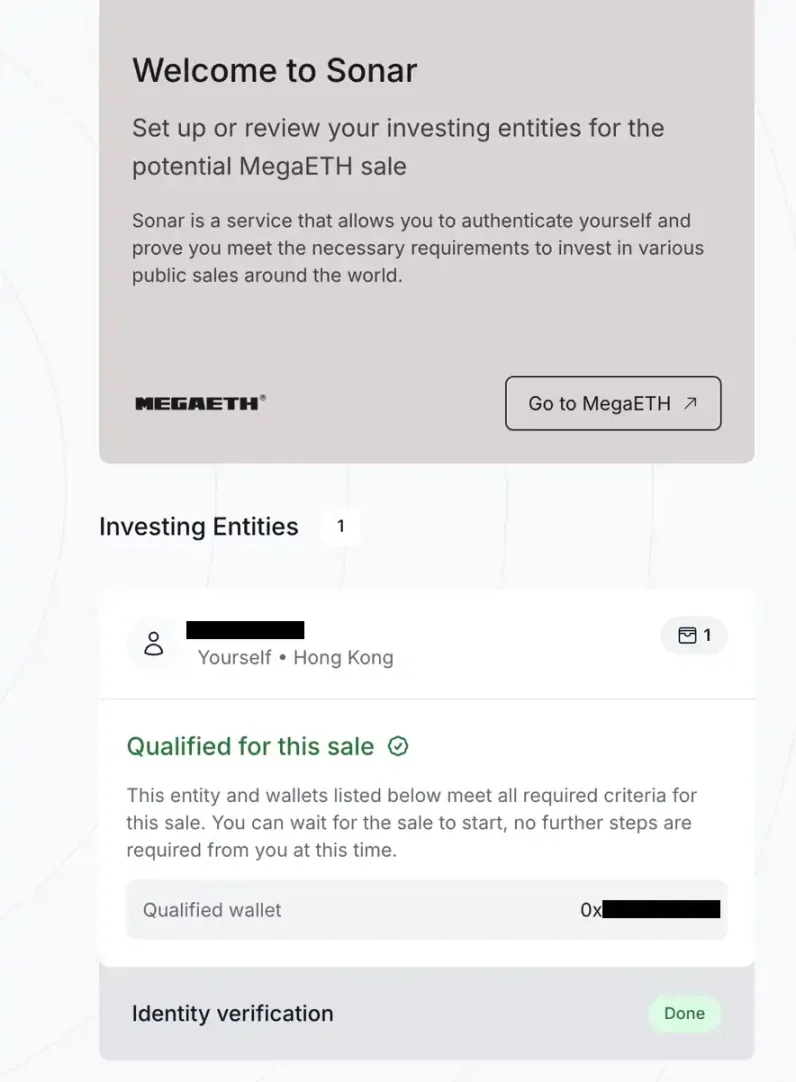
It should be noted that during the payment stage, a second facial verification may be triggered, or you may be asked to resubmit proof of address within the past 90 days, so pay more attention to the official Twitter account of @megaeth_labs and email notifications from Sonar.
2. How to create and use Echo & Sonar
1. Register Echo
After completing the MegaETH registration, we still cannot use Echo because the KYC channels of the two are different, so we still need to enter the Echo registration homepage to complete the Echo registration.
Registration here is simpler than before, so I won't explain it in detail. Just complete the following settings: enable two-factor authentication (2FA); bind your X (Twitter) account or Farcaster account; select your country of residence; check the user agreement; and fill in your investment experience and identity information.
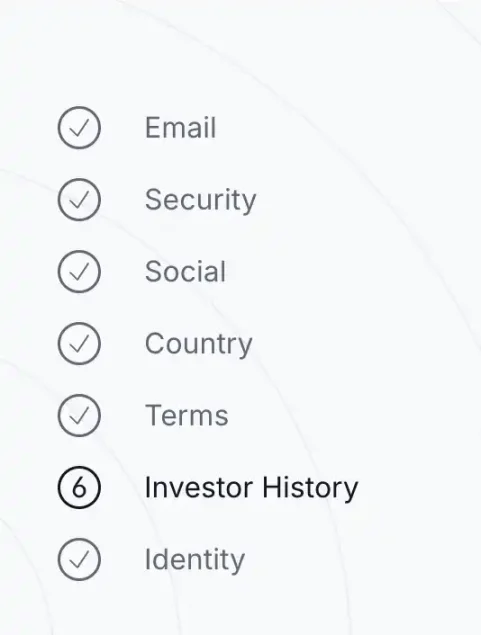
The only more complex part is the Investor History Questionnaire in Step 6. This questionnaire involves dozens of questions, including investment experience, income, assets, and understanding of lock-up. Any deviation from the correct answer will result in a failed verification. Here, emphasize your extensive investment experience, annual income of at least $200,000, or net worth exceeding $1 million. If you're unsure about specific questions, you can ask the AI for confirmation.
2. Join a group
The group function is one of the features of Echo. Echo itself will not recommend or display specific transactions, but the "group owner" of the group can.
After creating a group, the "group owner" can share their investments in the group. Members can join these groups and choose whether to follow the investment based on the specific circumstances of each deal, and participate in the investment under the same conditions.
All group members are merged into a single investment entity, which then invests in target companies on their behalf. The entire process is completed on-chain, using USDC as the settlement currency. In terms of profit distribution, the group owner receives a percentage of the group members' profits. Only when the group members make money does the group owner make money.
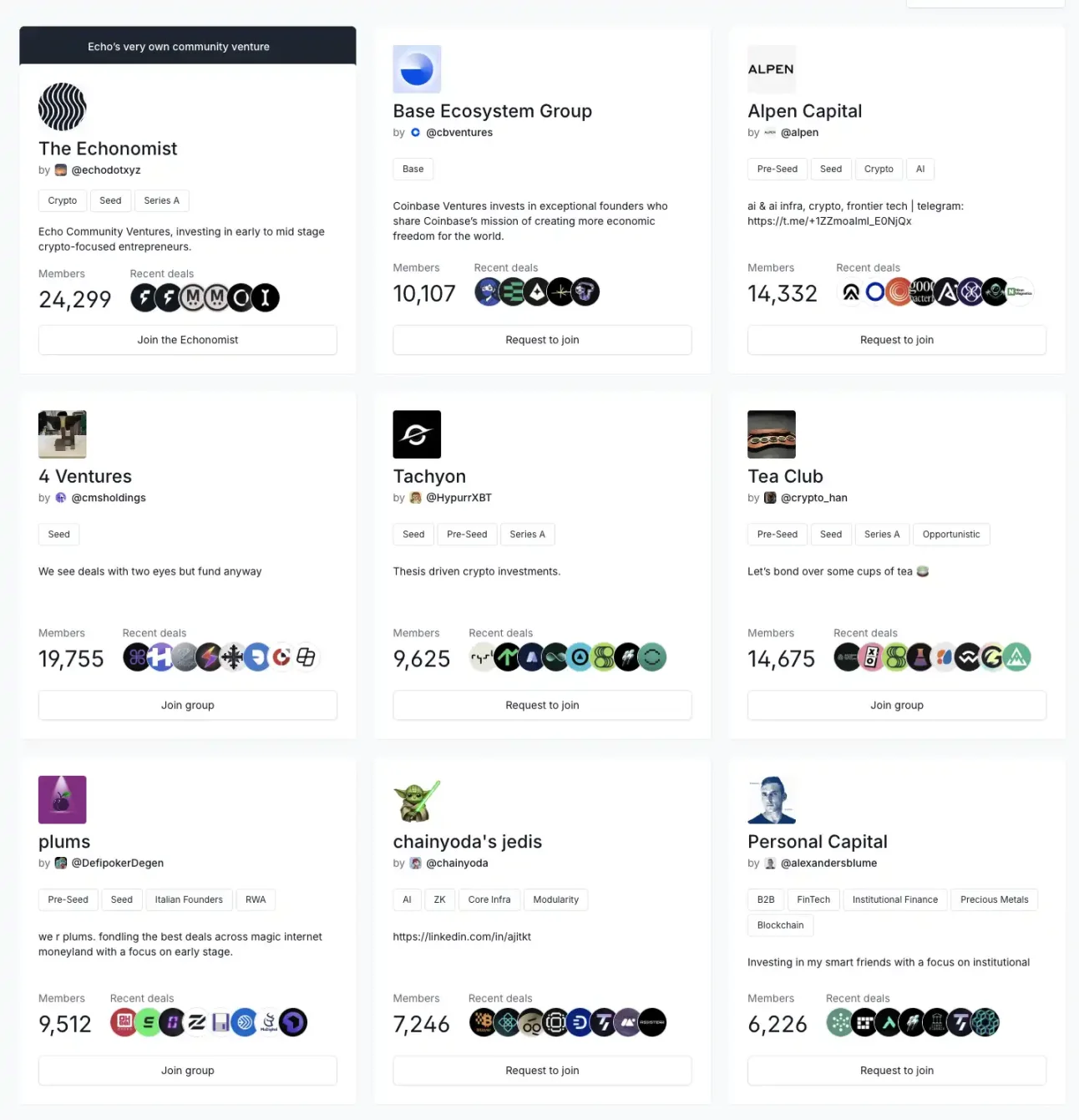
Any Echo user can apply to create a group, but applications are currently being processed quite slowly.
On the group page, we can apply to join the group we want. Before joining, we can see the number of people in the group and the most recent deals. Some groups are invitation-only and only invited users can join.
It is recommended to join a group with many members and a well-known group owner, such as Club Cobie, the group of Echo founder Cobie.







